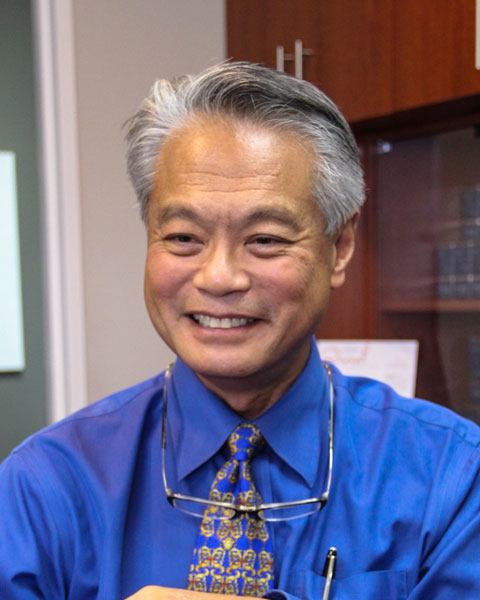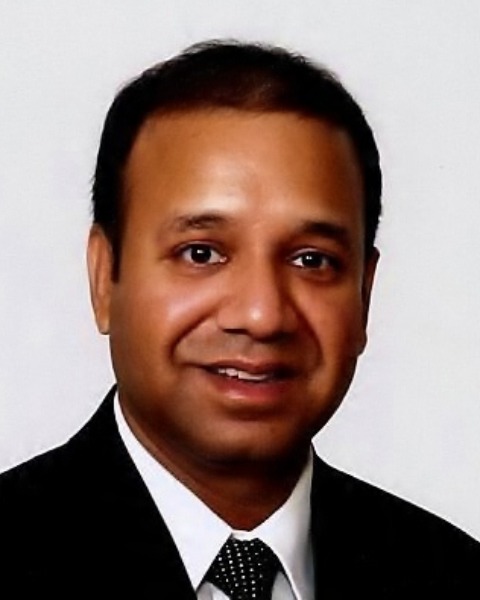Speaker
 E. Antonio Mangubat, MD
E. Antonio Mangubat, MD
La Belle Vie Cosmetic Surgery Center, Tukwila, WA
Dr. Tony Mangubat is in private practice in Seattle, WA and is Director of La Belle Vie Cosmetic Surgery Centers. Dr. Mangubat is also a Fellowship Director for the AACS and can take up to two fellows annually. He has been an active member of AACS since 1987. He is a graduate of the University of Washington School of Medicine, studied general surgery at the University of Kentucky and received his cosmetic surgery training from AACS founding president, Dr. Richard C. Webster. Cosmetic surgery has long held his interest and continues to be an area of on-going study. Dr. Mangubat performs a full spectrum of cosmetic surgeries in Seattle, Washington. Dr. Mangubat has made contributions to cosmetic surgery: the automated hair transplant graft cutter, the liposuction fat disruptor that more than doubles aspiration speed and improves liposuction results, scalp reconstruction for massive scalp defects, and the lipo-body lift for massive weight-loss that reduces time and complications. Dr. Mangubat utilizes his scalp reconstruction techniques as a volunteer for the Operation Restore Foundation of the ISHRS and has served patients in South America, Australia, Europe, and the United States. Dr. Mangubat believes in hands-on training and pioneered several hands-on live surgery workshops for the AACS for abdominoplasty, breast and hair surgery. His current project is the Procedure Proficiency Program (P3) that teaches and documents a surgeon's skills in a specific procedure. He teaches live surgery workshop throughout the world including South America, Australia, Europe, China, the Philippines, as well as in the USA. He is a former Trustee of the AACS, a past Webster Lecturer, and currently serves as chairman of the Advanced Cosmetic Surgery Review Course. Like his mentor, Richard Webster, Dr. Mangubat is committed to excellence is Cosmetic Surgery Education which is the future of the Cosmetic Surgery Specialty.
 Ashu Garg, MD
Ashu Garg, MD
La Belle Vie Cosmetic Surgery Center, Tukwila, WA
Ashu Garg is currently a fellow in training AACS Cosmetic Surgery under mentorship of Dr. Tony Mangubat. His clinical background include training in surgical Oncology, General Surgery and Radiology. Currently, Ashu Garg is doing a research project on J-plasma Renuvion. Ashu Garg will be presenting this topic with his fellowship program director Dr. Mangubat.
Abstract
Introduction: Skin tightening is a goal of many technologies. We assess the efficacy of the radiofrequency energy/helium plasma device by Apyx Medical in 30 consecutive liposuction patients.
Background: Cosmetic correction for sagging/ loose skin always bring challenges to the surgeon, which usually require surgical excision leaving unwanted scars. Soft tissue contraction requires tissue heating to 65°C. New radiofrequency/helium plasma technology permits maximum heating up to 85°C with ultra-short thermal relaxation times producing rapid and safe tissue contraction.
Methods: 30 patients were evaluated with photography from Jan 2021 and August 2021. Mean age of the patients 52.1 (age ranges 30 yrs. –78 yrs.). The BMI ranges from 21.6 to 38.4, with mean BMI was 26.7. 16 patients have liposuction of an area followed by plasma energy treatment without skin excision. We deliver at 3-6 passes of plasma energy. The number of passes were determined intraoperatively by manual assessment of skin tightness. 14 patients have liposuction of the same area followed by plasma energy treatment as adjuvant in addition to the surgical intervention (lipo-abdominoplasty, facelift, etc.). We delivered a minimum of 3 passes of plasma energy. Approximately an average of 29.1 kilojoules of plasma energy used to tighten abdomen, waist, flanks and adjacent back areas in 21 patients. About an average of 27.4 KJ were used in tightening the thighs in 5 patients. About an average of 4.1 KJ of plasma energy was used in facial cosmetic procedures with or without having associated skin excision surgery in 6 patients. An average of 32 KJ were used for upper back and axillary skin laxity in 4 patients. An average of 3.5 KJ was used in skin tightening of upper arms in 2 patients. 5 patients have additional surgical procedures of the different/unrelated body areas in the same sitting. Routine follow up were 3 days, 1 week and 3 weeks. Longest postop follow up in this series was 6 months. Also, we assess the effectiveness of this new technology intra-operatively by comparing the clinical skin tightness of the treated side with the untreated side. The palpable soft tissue contraction and skin tightening were clearly evident.
Results: Preliminary assessment demonstrated virtually instantaneous skin tightening using this technology when used following liposuction. Also, it is useful for enhancing aesthetic results when used with excisional surgical procedures as an adjuvant e.g., lipo-abdominoplasty, facelift, etc. From patient’s perspective, the results are satisfying. In patients having the early follow ups, it appears that this technology may reduce the need for the lift procedure/ surgery. Energy delivery was subcutaneous and there were no skin burns. 3 patients out of 30 patients, has some skin/contour irregularities at anterior abdomen. This may be due to insufficient skin contraction, inadequate patient response, or inexperience with the new technology.
Conclusions: Plasma energy-based technology offers favorable results in shorter duration of time and seems a very useful tool to improve cosmetic outcomes. We are trying to establish the therapeutic end points and working on setting the protocols to achieve the best aesthetic outcomes.
Take Home Message
We recognize the specific need to establish therapeutic endpoints and protocols for achieving the safest and best outcome with this new technology.



